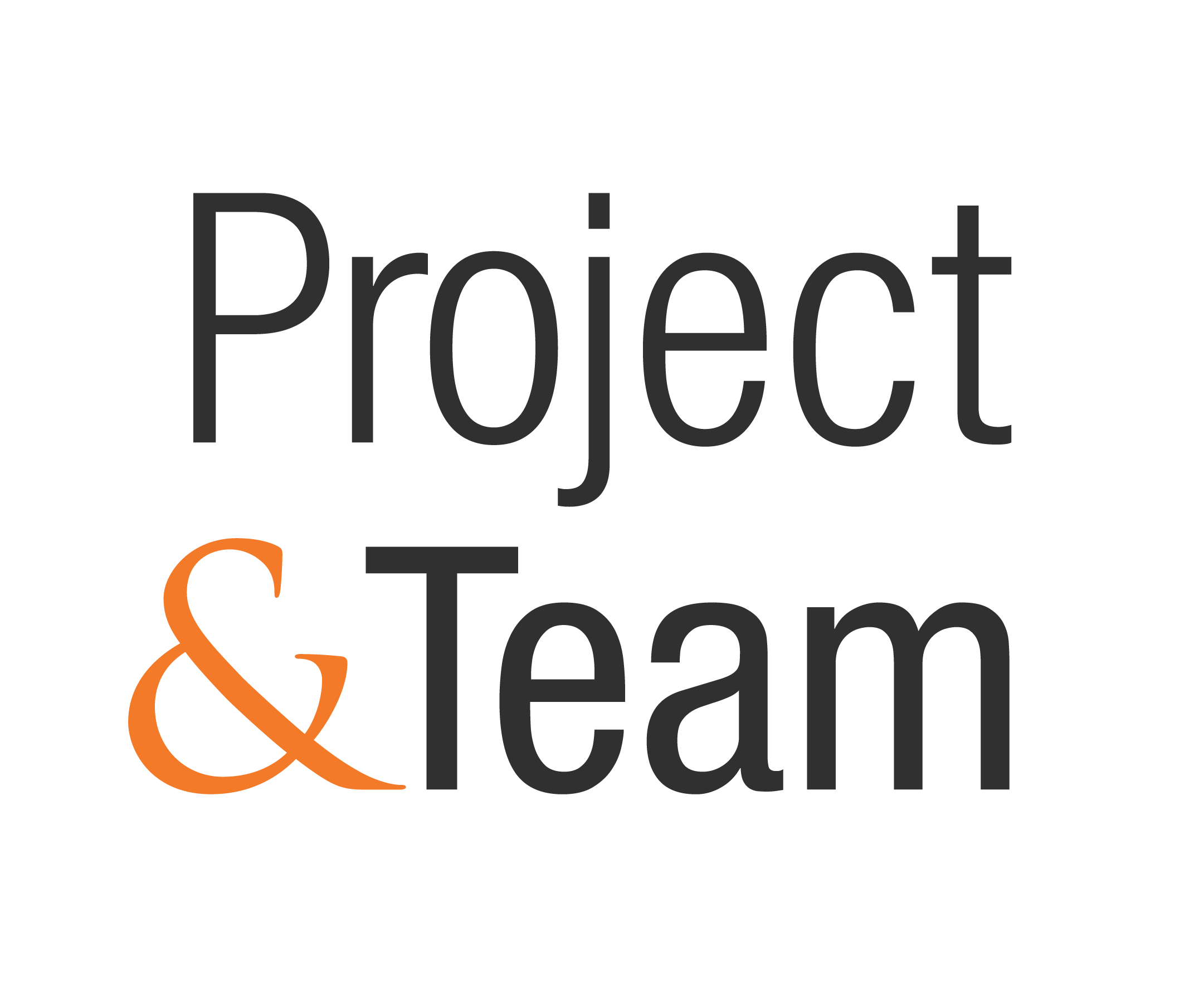Customer-centric Versus Manager-centric
“There is only one boss: the customer. And he can fire everybody in the company, from the chairman on down, simply by spending his money somewhere else.” Sam Walton
Ergo the majority of managers in the large enterprises I support are often heard saying:
“Don’t prepare that slide presentation for me; go work on customer solutions.”
“Just show me where your agile backlog, plans and progress are located, and I’ll go get a real-time update whenever I need it!”
“Please don’t ever let a meeting I schedule take precedence over team collaboration and heads-down working to meet the customers’ needs!”
Not the truth at all – in fact, the fundamental beliefs and actions of management at all levels is usually and exactly the opposite of those statements.
If the customer-centric mindset means thinking and feeling like the customer, how would the customer prefer we spend our time and energies? Certainly some level of oversight and coordination is required to meet the real customer needs, but would the ratio of manager-pleasing to customer-pleasing be in line with the customer view?
Unfortunately, the behaviors we see most often from managers/leaders is a focus on their own needs. These are usually a cascade of manager-focused needs flowing top-down in the organization. “I need you to give me an update on what the team is doing so I can consolidate that into what my manager is asking for. I need to interrogate you on every detail in case my manager interrogates me.” And so it flows.
Imagine with me the language of leaders in an organization ruthlessly focused on customer centricity:
“How can I help you remove impediments to meeting the customer needs?”
“In my interactions with Customer X next week, what are the most insightful questions I can explore with them?”
“How can we, as an organization, improve the system within which you must work, in order that you and your collaborators can more efficiently and creatively meet the customer needs?”
Let’s retrospect together on how to shift from a culture of management-centricity to one of customer-centricity. These are feedback items collectively owned by the organization.
Start Doing:
Quantify the impact of pathological organizational practices like piecemealing people on projects. See our calculator
Speak the language of “energy currency” to reinforce that the time, energy, and innovation opportunities of the people most directly crafting customer solutions is the most valuable asset in the enterprise.
Train leaders to tune in to the organizational performance weight they impose and techniques for demonstrating customer-centricity through their own actions.
Keep Doing:
Organizing around value to remove the frictions on the value stream
Extending lean and agile principles and practices to the entire enterprise
Transforming. “When’s your transformation done? When you’re ready to stop being competitive.” Jeff Shupack, Project & Team
Stop Doing:
Using agile as an excuse to overload people – “We are agile so we can accept all new requests/changes – right?”
Living a double-life of agile and traditional practices. When you are both you are neither.
Reading this article and get to work! ;-)
“The best way to get a customer to love your brand . . . Is to get your employees to love their job.” Tiffani Bova, chief growth evangelist, Salesforce
